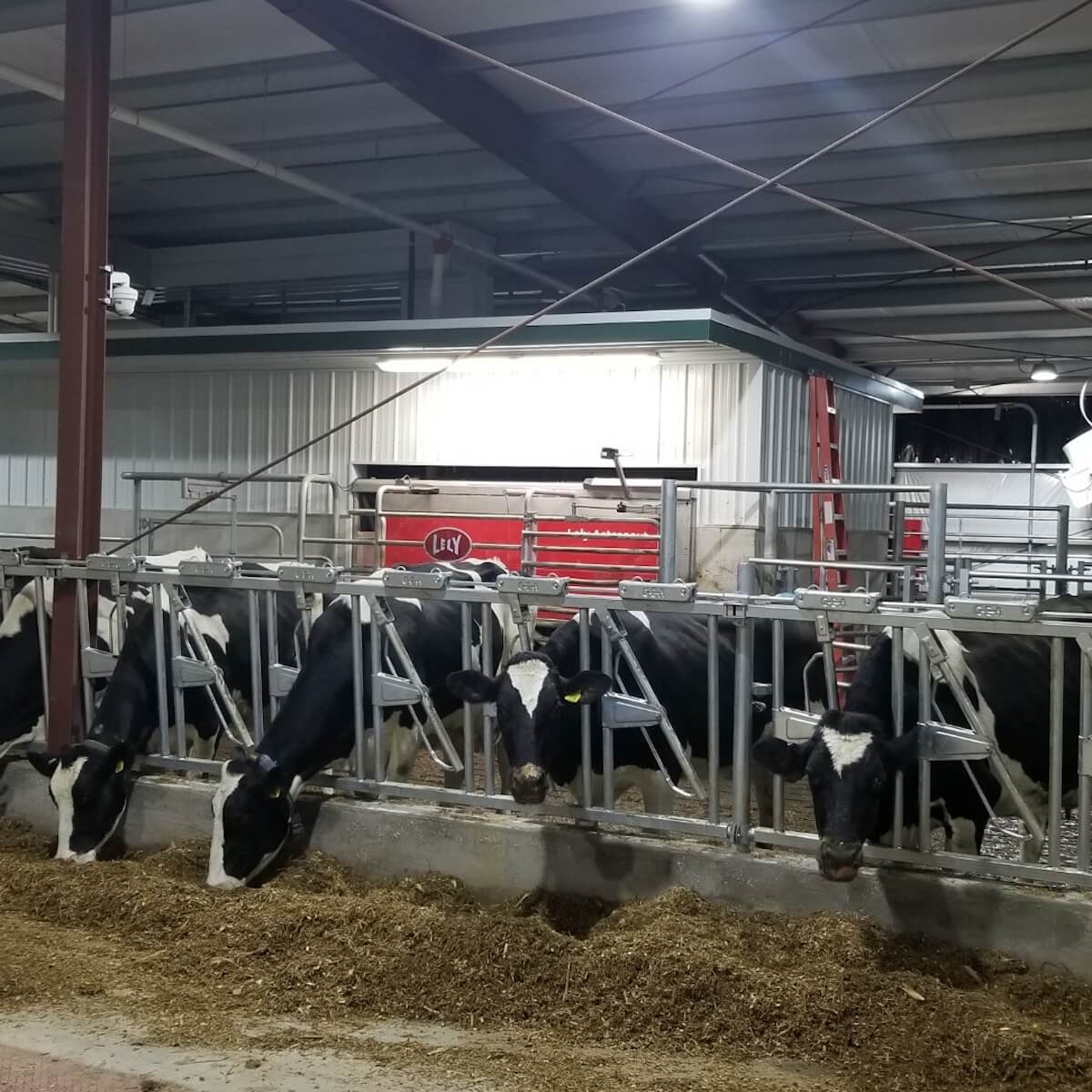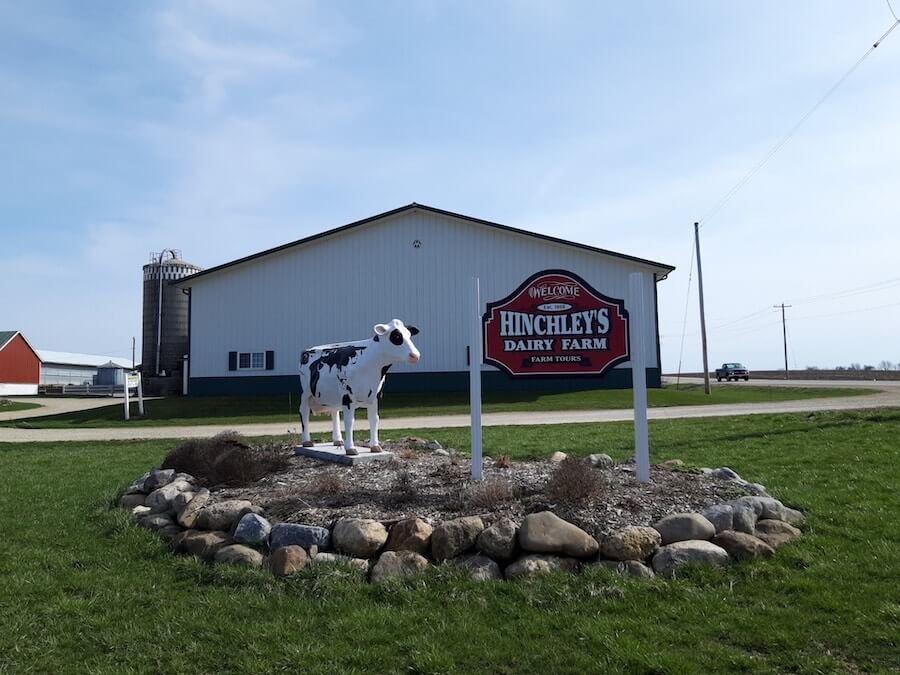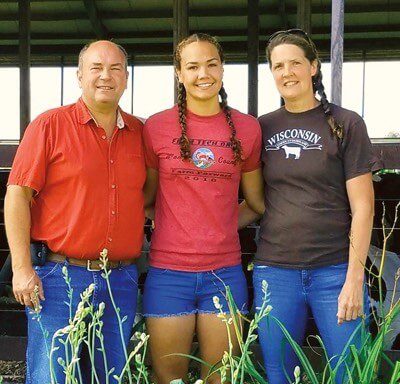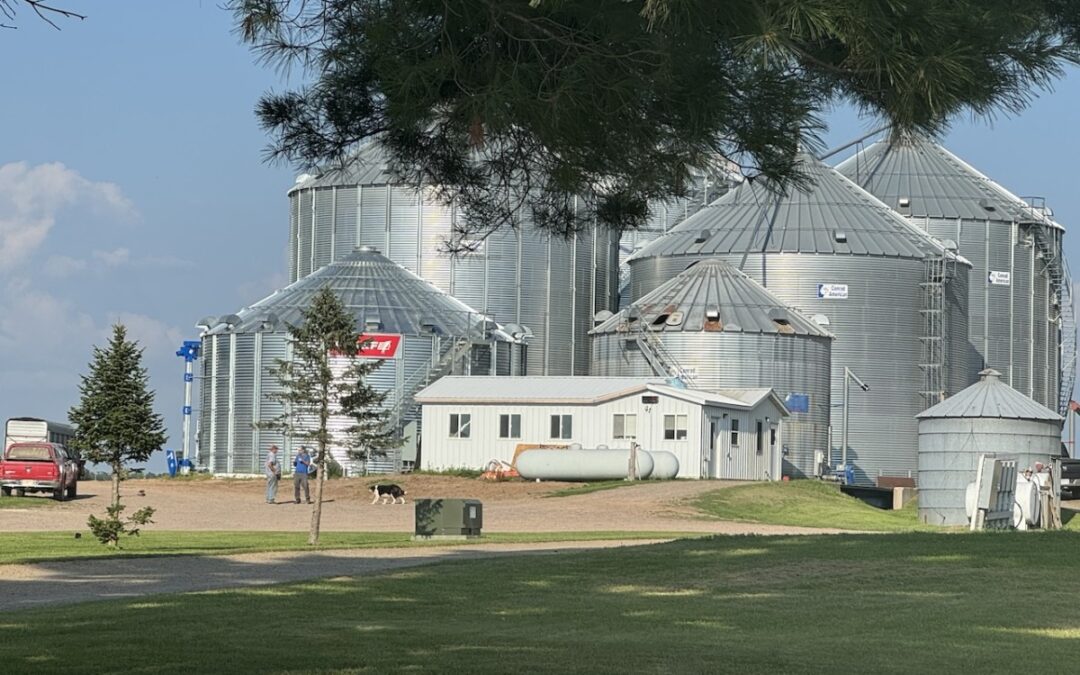
#image_title
Individual efforts to purchase milk and cheese help, but only Congress and USDA can prevent another wave of farm losses as school and restaurant closures pummel the market.
The announcement that the Wisconsin dairy industry is partnering with Milwaukee-based Hunger Task Force and other food banks, buying milk and distributing it to those in need, is welcome news for farmers struggling to remain in business as the coronavirus pandemic continues.
That action is “a step in the right direction,” Wisconsin Farmers Union President Darin Von Ruden said Thursday of the announcement the task force will buy as much as $1 million worth of milk from farmers. But it is not enough to prevent more bankruptcies for the state’s dairy farmers, he said.
“This is going to get worse before it gets better,” Von Ruden said of farmers’ struggles, “unless there is an aid package for farmers” from Congress. “We can’t just keep going on like this. Something has to give.”
Wisconsin dairy farmers were already struggling before COVID-19 began spreading across the state last month, effectively shutting down schools, restaurants and most businesses and restricting all but essential travel. Last year the state led the nation in farmers filing for bankruptcy and lost about 10 percent of its dairy farms.
That trend is likely to continue, Von Ruden said, unless Congress and President Donald Trump’s administration does a better job of addressing farmers’ plight. Recent efforts to do so left out too many smaller, family farms while providing funding to large operations and corporations.
“We need more if we’re going to prevent more farmers from going out of business,” he said.
As demand for milk was greatly reduced with the shutdown of restaurants, schools and other dairy purchasers because of COVID-19 concerns, the price has plummeted. As recently as six weeks ago farmers were receiving about $17 per hundredweight, a figure that has dropped to about $12 currently, farmers said.
The break-even point for most Wisconsin farmers is between $16 and $17, Von Ruden said, noting he has heard of milk receiving as little as $4.
“Obviously, you can’t make it at those prices,” said Von Ruden, who milks cows on his rural Westby farm.
With dairy supply chains suddenly dried up, some dairies in Wisconsin are at full storage capacity because they have fewer places to ship their milk, cheese and butter. In some cases farmers have little choice but to dump thousands of gallons of milk because they have no processors to buy it.
Wisconsin Farm Bureau President Joe Bragger, a Buffalo County dairy farmer, said the state’s dairy farmers face “unprecedented challenges” amid the coronavirus outbreak. He said he worries many might not remain solvent as restaurants, schools and other dairy customers remain closed.
On Thursday Gov. Tony Evers extended the “Safer at Home” order that mandates travel be limited to essential trips only and prohibits public gatherings of 10 or more until May 26. It was set to expire on April 24.

Tina and Duane Hinchley are experiencing those struggles firsthand. The couple milks 240 cows on their rural Cambridge farm and recently saw their milk price drop from $14 per 100 pounds to $12.
Because of a glut of milk on the market, the Hinchleys have been asked by the co-op they belong to, Dairy Farmers of America, to decrease production by 10 percent, an effort to reduce supply and boost milk prices.
“With the dairy industry, we are dealing with a dated product every day,” Tina Hinchley said. “It’s not like cereal companies. You can’t just put it in a warehouse for a while. If there isn’t a place to go with the milk, the solution is to dispose of it.”

Chippewa County dairy farmer Jeff Peck hasn’t been asked by his dairy processor, Land O’ Lakes, to dump milk. But the price he receives for his milk has dropped. He is receiving about $13 per 100 pounds now, plus a premium, but the price for May is projected at $11.17.
The cost of production for even large dairy farms is $16, he said, and can be $18 or more for smaller, family farms. “So every dairy producer is losing money now,” Peck said.
This year was supposed to mean higher milk prices that would allow her and other farmers to “start to make up for the last four really hard years,” Tina Hinchley said. Then COVID-19 happened, causing an already dire situation facing most dairy farmers to grow even worse.
Still, she said she holds onto hope.
“Once we get through this, we will be better for it. We farmers have to be optimists,” she said.

Wisconsin farmers left holding the bill after Trump freezes contracts
Wisconsin farmers are among a growing number of Americans facing debt after the Trump administration’s freeze on federal contracts. It’s a ‘kick in...

Why this Wisconsin farmer says tariffs will impact you too
Wondering if Trump’s tariffs will impact your pocketbook? This Wisconsin farmer breaks down how the president-elect’s pledge to impose tariffs on...

Survey: Rural Wisconsin workforce and families are hurting due to childcare gaps
The lack of childcare in Wisconsin’s rural areas is keeping people out of the workforce, or is forcing them to work part-time, according to an early...

Harris-Walz campaign unveils more rural initiatives: 10,000 healthcare workers, affordable internet, easier farm equipment repairs
The campaign started new ads on 75 rural Wisconsin radio stations, hitting Trump’s Project 2025 for the harm it would inflict on the farm economy....




